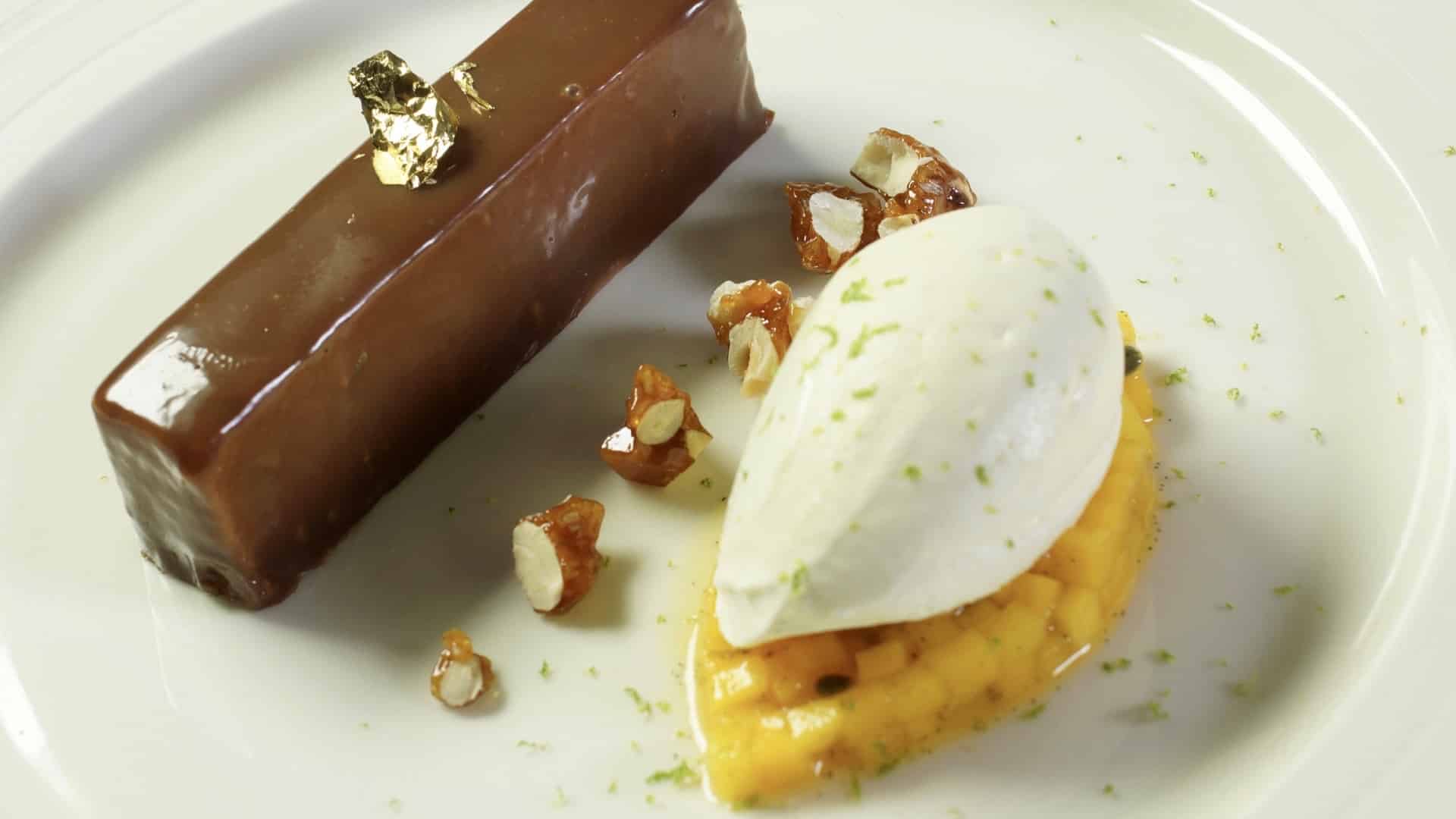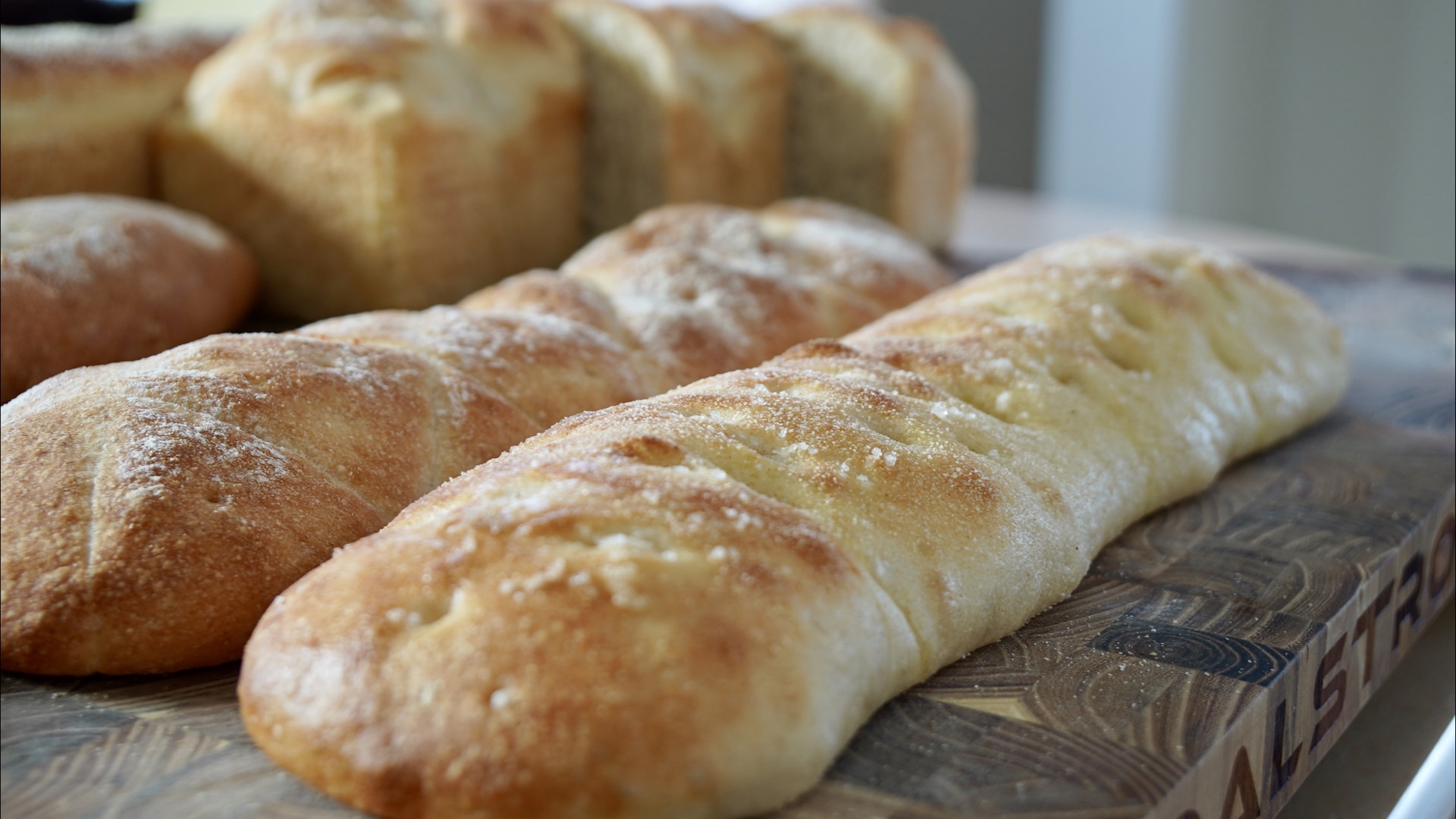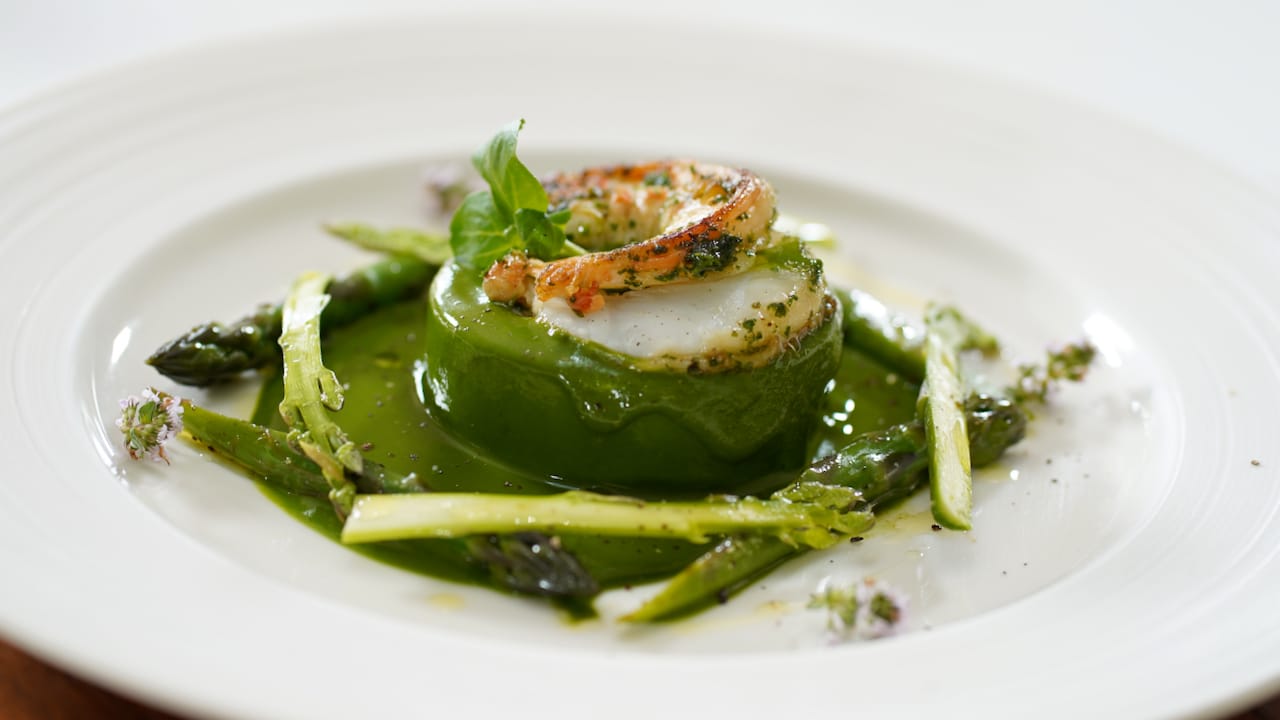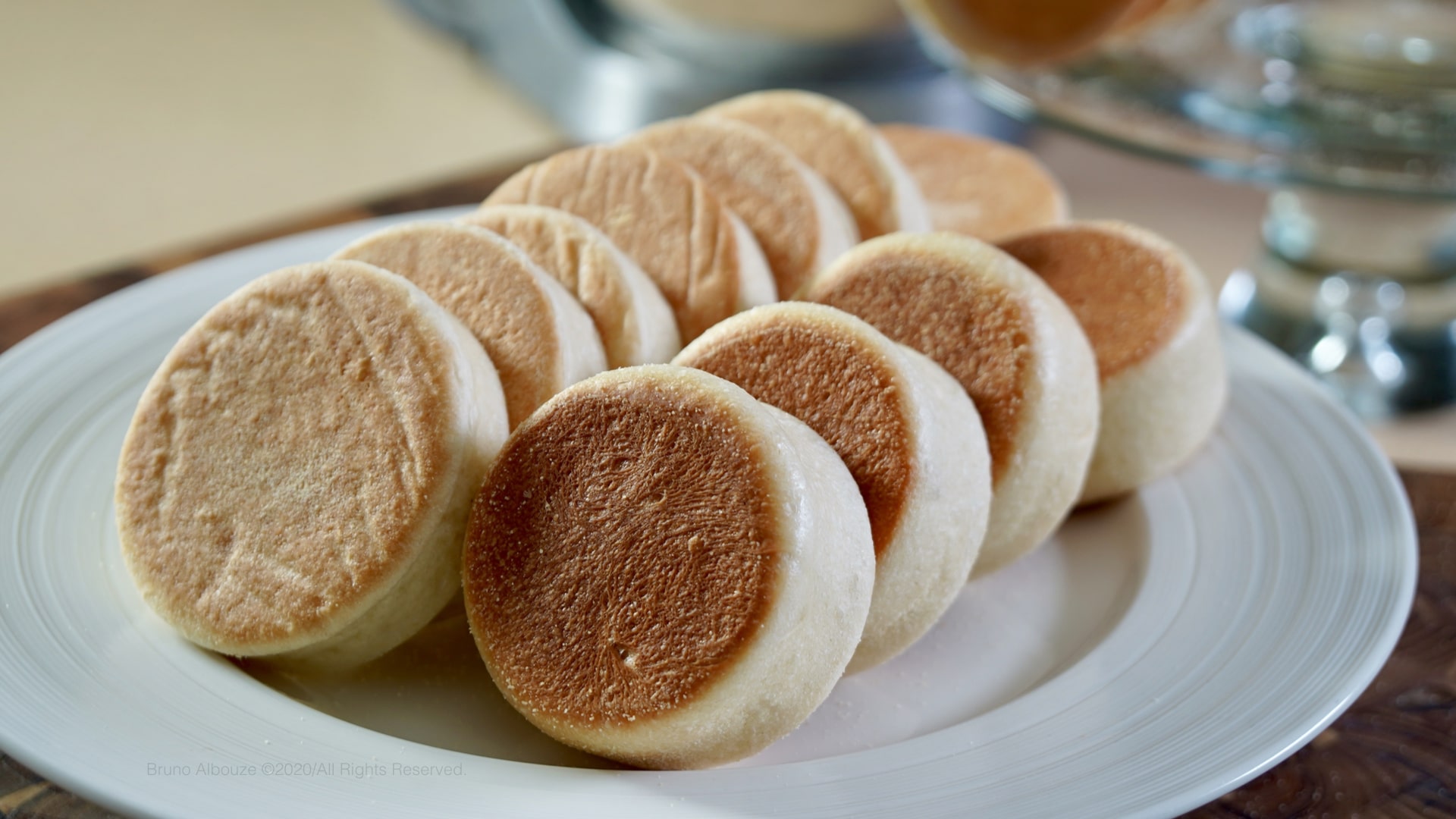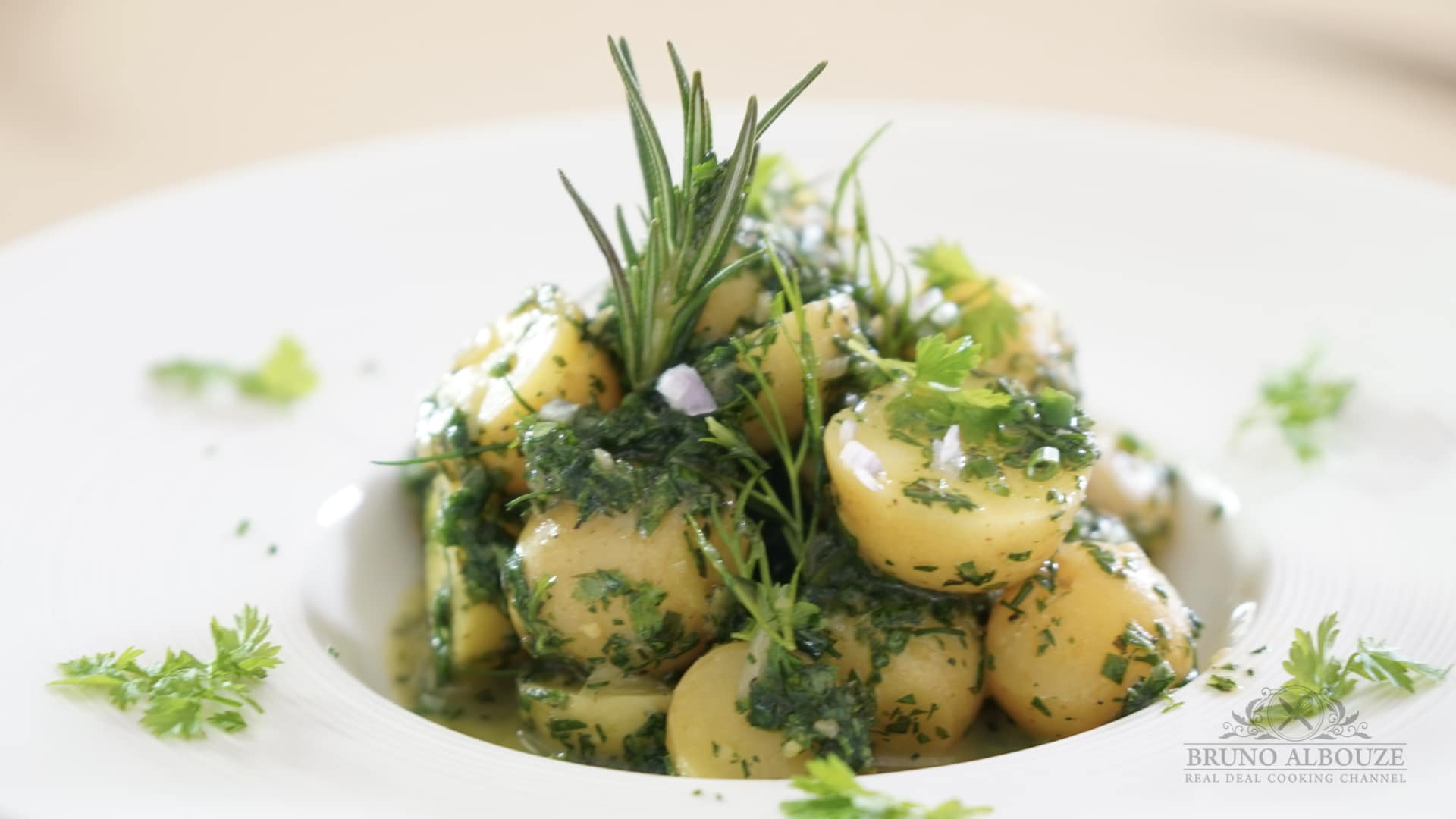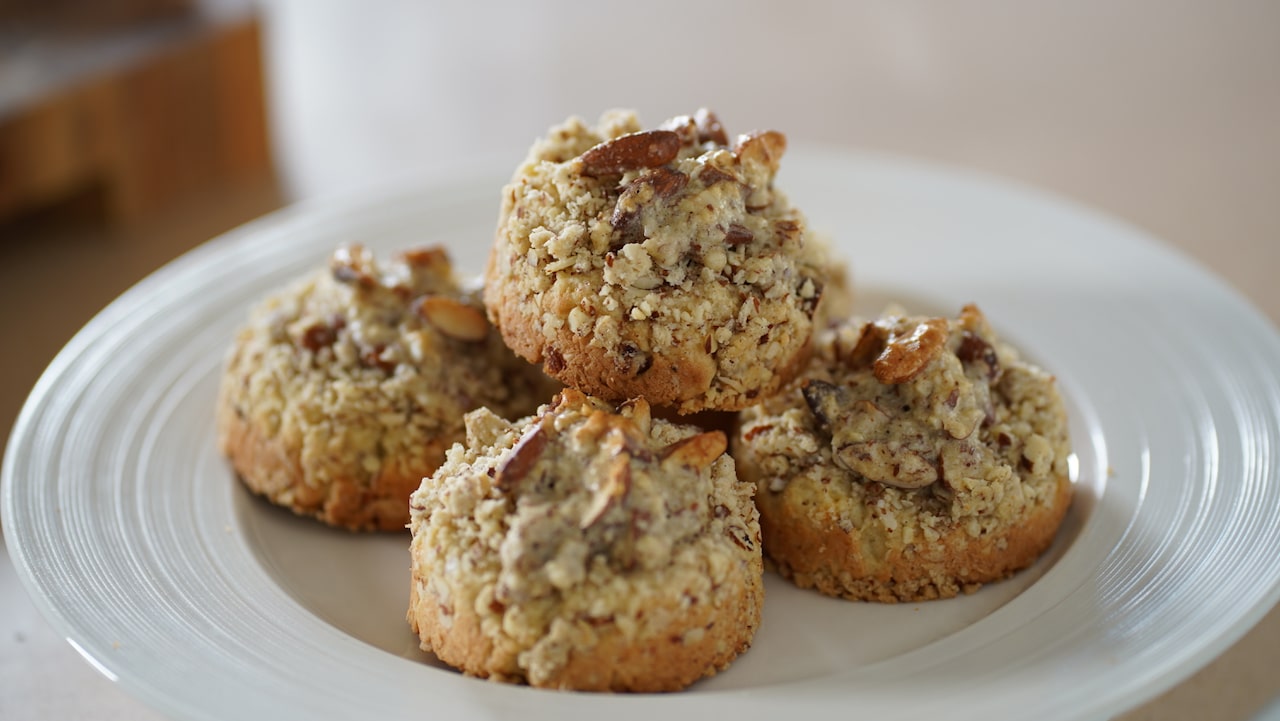Dark Rye Loaf
Discover the secrets behind the famous Auvergne Dark Rye Bread with me, Bruno Albouze! This classic loaf from the historical region of Auvergne in central France is renowned for its incredible flavors and long shelf life. Made with rye flour and real levain. Rye flour contains less gluten than wheat, resulting in a denser crumb with smaller holes. To achieve the perfect texture and flavor, the dough is acidified with a sour starter (levain) and hot water during the mixing process to slow down the action of enzymes that break down starch into sugars. The unique texture of Auvergne Dark Rye Bread makes it ideal for toasting with salted butter and honey, and perfect for pairing with a variety of dishes such as seafood, oysters, charcuterie, cheese, preserves, savory spreads, eggs, smoked salmon, onion soup, pickled veggies, and more. Are you curious to learn how to make this classic French loaf at home? You're in the right place!
Ready to discover this recipe? You're only 1 step away.
This recipe is only accessible to registered members!
Create your account to access all cooking recipes of my website (excepting courses and masterclasses of the Academy).
Join us now and enjoy more 700 recipes (All mostly french, but also european, asiatic and american)

